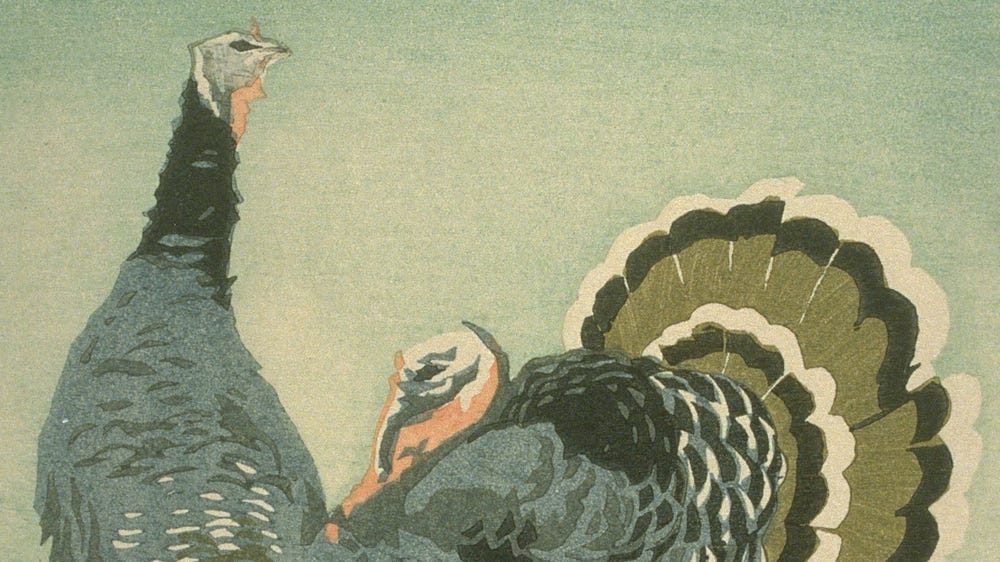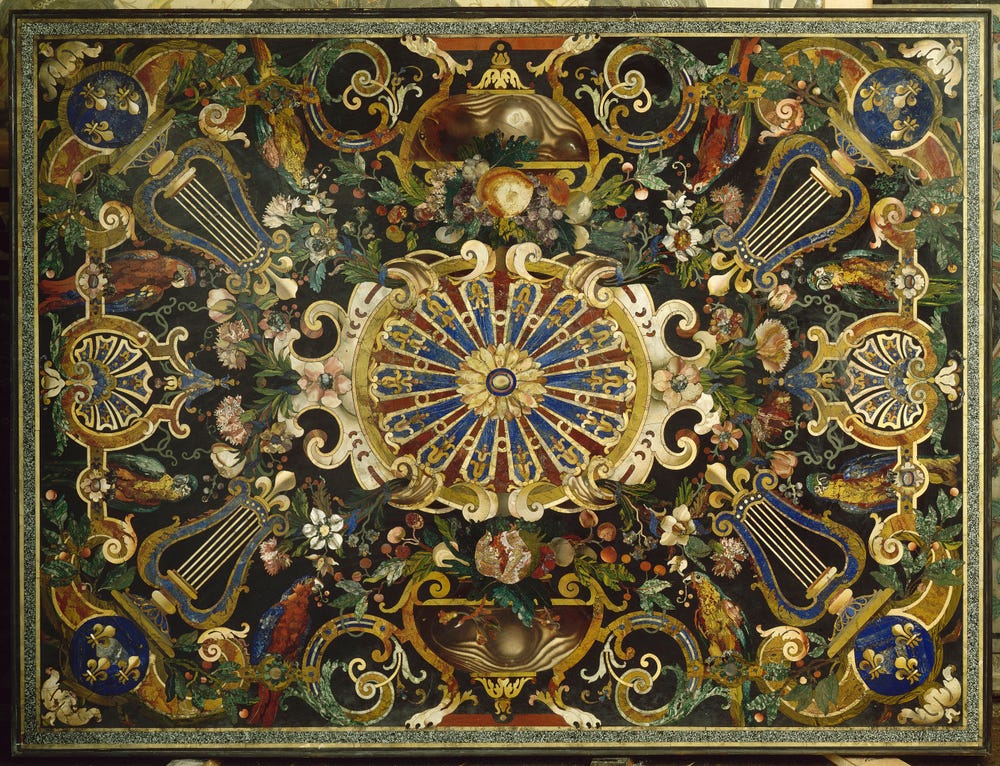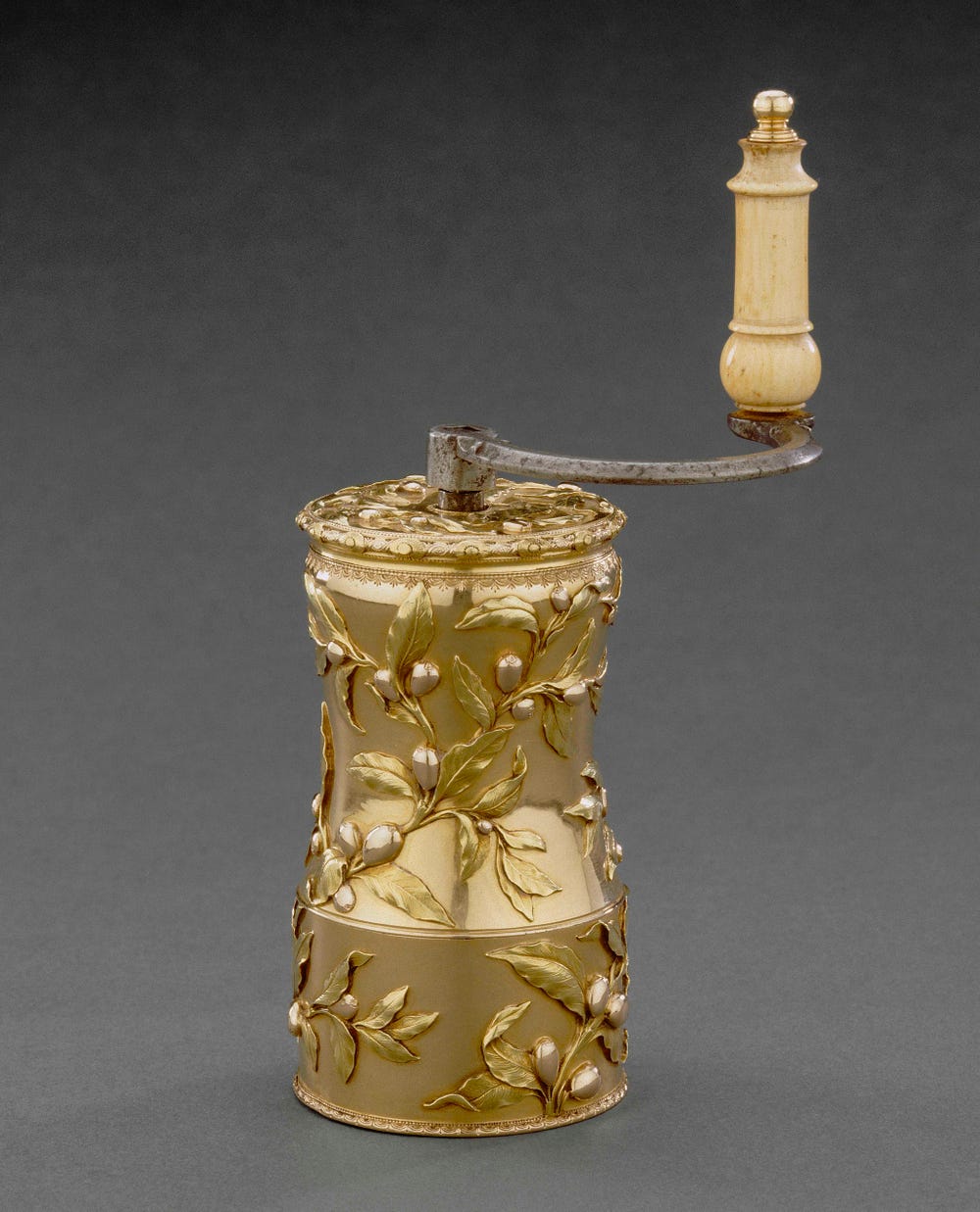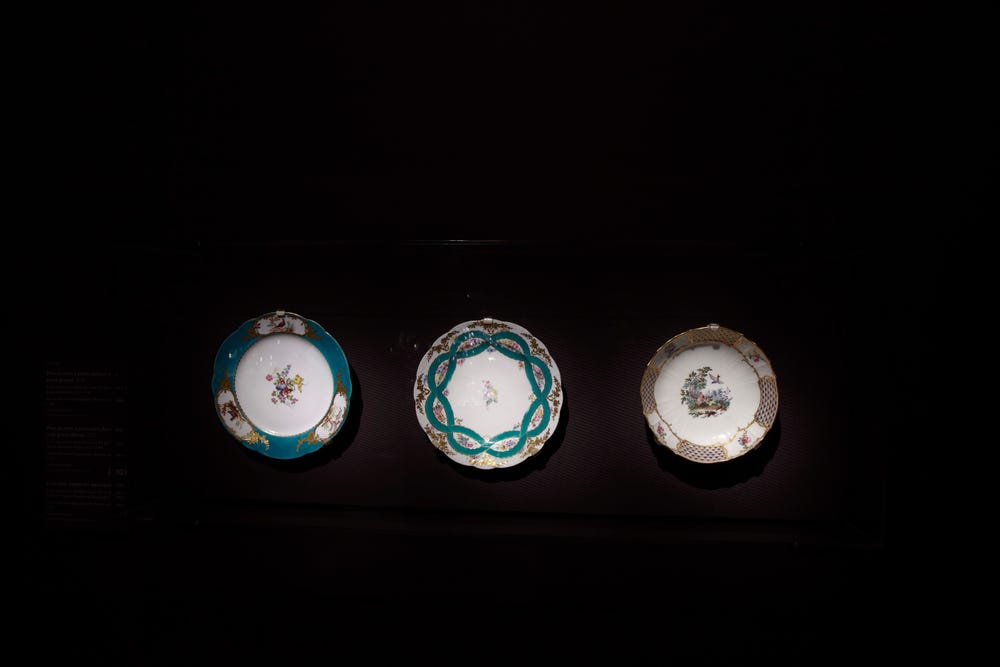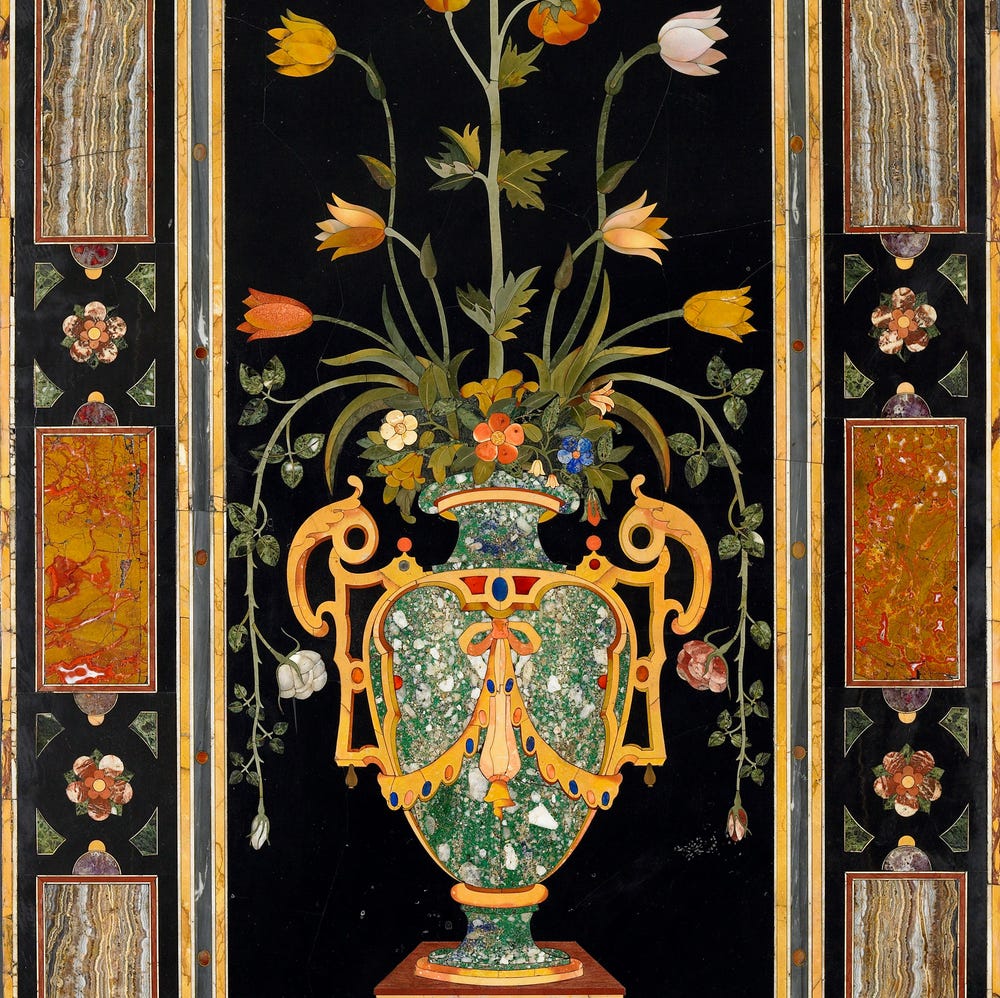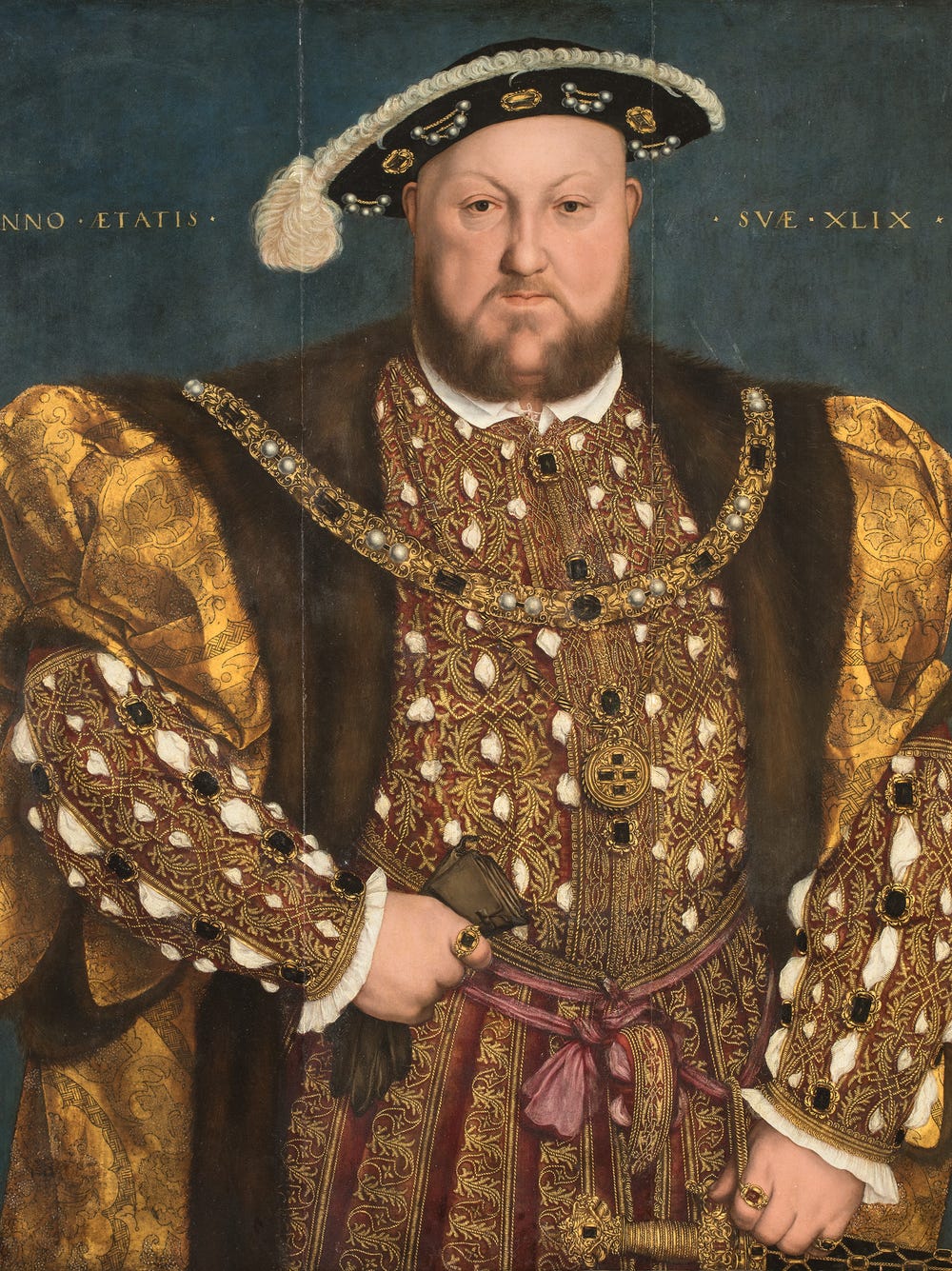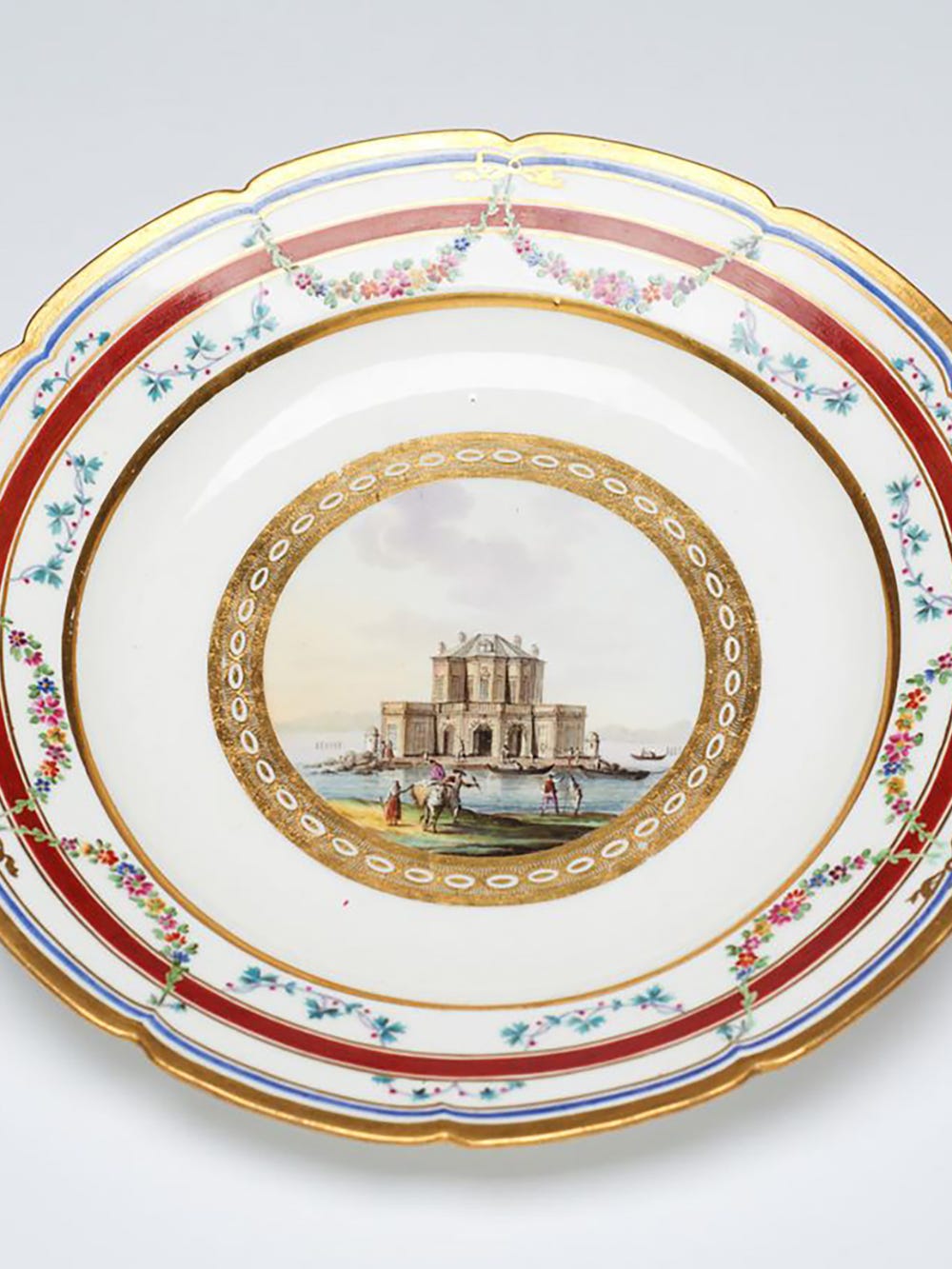Thanksgiving is when you get to use all the best stuff in your kitchen: the gravy boat, the fancy napkins, and, of course, the turkey deep fryer. Louis XIV and the other French monarchs who succeeded him obviously didn’t celebrate Thanksgiving, but they did bring out the good stuff when setting the table.
Mosaic tabletop with emblems of Louis XIV, last quarter of the 17th century. Gobelins Manufactory (France, established 1662) Marble and pietre dure (hardstones) ©RMN-Grand Palais/Art Resource, NY
You might have moved past that dining room set from Craigslist, but it’s doubtful that your table was custom-made to feature your royal markings. Louis XIV’s mosaic tabletop is made of semi-precious stones and features his official emblems like the lyre of Apollo and fleurs-de-lis. It was made by the Gobelins manufactory, a workshop responsible for many of the objects used to decorate Versailles and the other royal residences.
Coffee grinder, 1756–1757. Jean Ducrollay, goldsmith. Gold in three colors, steel, and ivory. Musée du Louvre, Département des Objets d’Art, OA 11950. © RMN-Grand Palais / Art Resource, NY / Daniel Arnaudet
Your coffee grinder probably doesn’t symbolize any great shifts in aristocratic living, but that’s because you’re not Madame Pompadour. Her coffee grinder, made of solid gold and outfitted with a nifty ivory handle, represents a change in French society during the mid-18th century when aristocrats embraced a trend called “servant-less living.” Without so many helping hands around, Madame Pompadour may have used this grinder herself at the lavish dinner parties for which she was famous.
Plate (assiette à guirlandes) decorated with green ribbons, 1757 Sèvres Porcelain Manufactory Soft-paste porcelain Diameter: 9 13/16 in. (25 cm) Musée du Louvre, Département des Objets d’Art, Gift of Albert and Paul Pannier, 1918, OA 7192 © RMN-Grand Pala
Your prized casserole, perfect for sweet potatoes with marshmallows, probably doesn’t represent one of the most important geo-political alliances of the 18th century. This set of porcelain, made by Sèvres in 1757, was given by Louis XV to Maria Theresa, empress of Austria, to symbolize a new alliance between the countries, as they turned against their common enemy, Prussia.
Bon appetit from all of us at the Museums!
